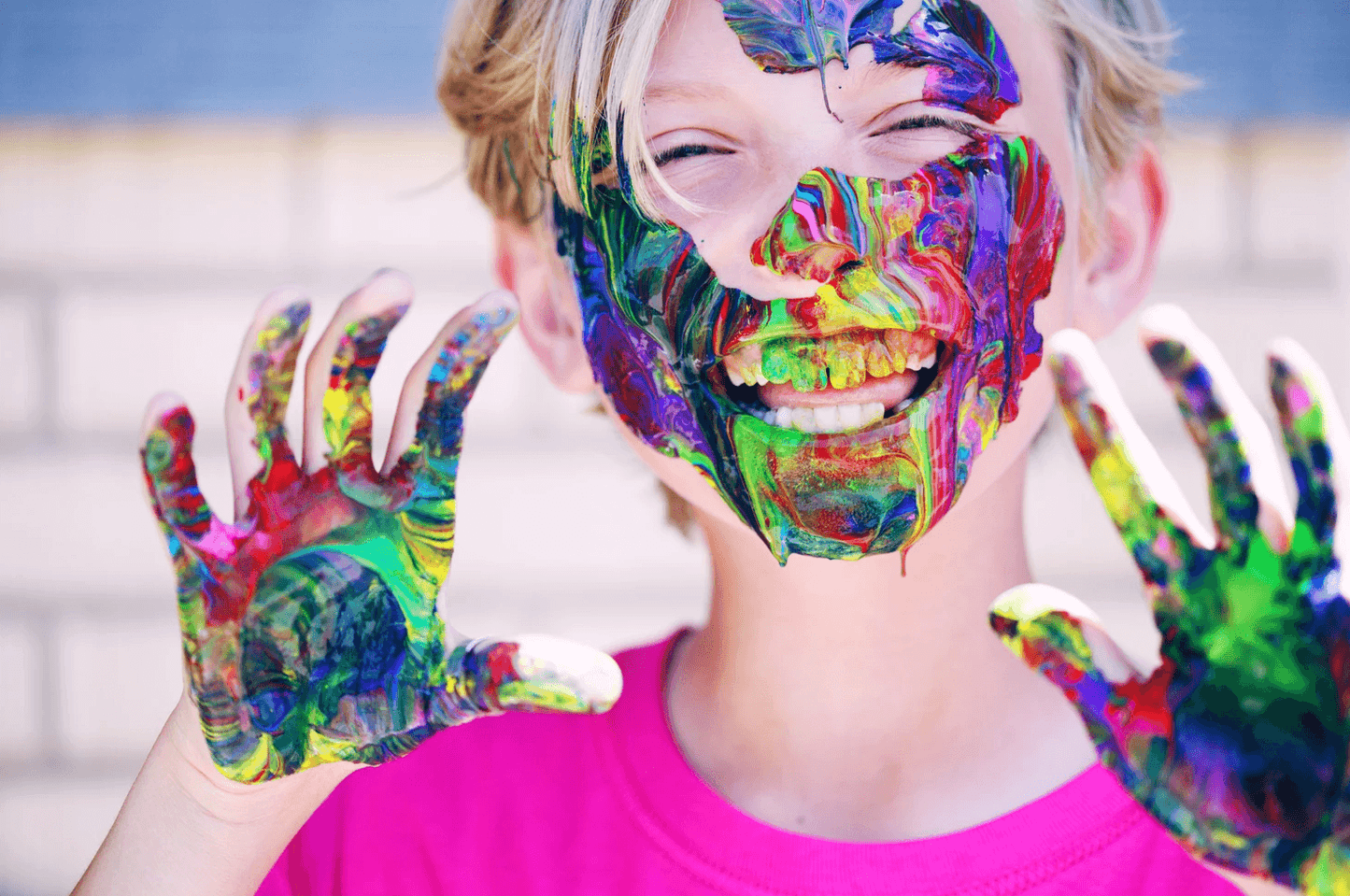
Bold, block colours are often more enticing for children, compared to neutral or pastel shades. The colour wheel perfectly highlights the colours that appeal to children the most, which include the primary colours: red, yellow and blue, and secondary colours: green, orange and purple.
For these reasons, toys and games designed specifically for younger children are often associated with the primary and secondary colours, as these are more aesthetically pleasing for this age group.
Typically, a child’s vision will not be fully developed until the age of 8 years old and most babies will also only start to see the full-colour spectrum at 5 months old, as they are born with a monochrome vision. This explains why children have a preference for bright, more vibrant colours, as these colours make their vision more clear and exciting.
Bright, bold colours will contrast more, making them easier to distinguish and therefore encouraging children to gain interest. Once a child has an interest in a ‘product’ or ‘environment,’ their imagination is able to run wild.

Colours are useful for children in many ways; studies have shown that colour plays a critical role in the development of cognitive and motor skills in children.
It has been proven that recognising colours can aid with educational skills including creative writing, as children are able to use colours to describe objects or to symbolise emotions. Some examples can be understood below:
- Yellow: joy, happiness, imagination, optimism.
- Blue: peace, tranquillity, cold, trust, calm.
- Green: Nature, healthy, good luck, youth.
- Orange: Balance, enthusiasm, energy, memory.
Learning inside your sensory POD
Around the ages 3-4 years old, children are learning the names of colours and are able to recognise their differences. Many children are taught to organise items into particular colours as they find this easier and more exciting.
Colours are often used in classrooms because they have a positive effect on children by making them feel more motivated and happier.
Exposing children to a range of colour shades at a young age is also important because they are able to distinguish which shades are similar or part of the same colour groups. Furthermore, research has shown that every colour has a specific wavelength, and each unique wavelength will have a different impact on someone’s brain.
Another reason for children learning colours from a young age - and particularly from a health and safety point of view - is that children are able to associate colours with specific messages.
For example, if a child can understand that the colour red symbolises danger, they automatically know to avoid a situation, such as a stop road sign or hot temperature warnings on a hot-cold tap.

The composition of graphics and bright colours found within the PODS have been inspired by the primary and secondary colours on the colour wheel. At PODS our aim is to boost enthusiasm and stimulate imagination, hence why there are so many colour options that you can select from our range.
Each POD comes with a remote control where you can select from a whole range of colours to light-up the POD. You will also have the ability to set colours to automatically change so that your child can experience the full-colour spectrum.

To get the full experience from your POD, it is best to use the product in a darker room, as this will embrace the colours and the graphic visuals can be seen in a whole new, exciting perspective.
It is a wonderful, exciting experience for both children and their families.

